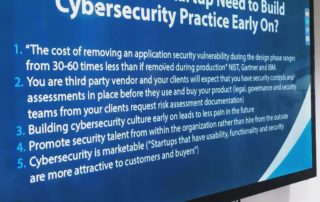Vulnerability Risk Scanning for Enterprise Companies
Continuous Vulnerability Scan is an important vulnerability management component and an integral part of threat modeling. It provides a vendor-neutral vulnerability security baseline that is essential in closing security risk gaps and alignment with regulations.
Our vulnerability risk scan report contains a description of the vulnerability, its location, and suggested mitigation steps.
Our penetration testing and vulnerability scanning and assessment methodology relies upon following industry best practice standards:
PTES Testing Guide
The Penetration Testing Execution Standard document defines the methods and process of executing a network penetration test. The guideline is designed to provide a common language and scope for performing penetration testing, as well as detailed technical guidelines, to both businesses and security service providers. For additional information, please refer to:
OWASP Testing Guide
The Open Web Application Security Project’s Testing Guide document defines the industry best practice web application penetration testing methodology. The value in using this document as a reference on the possible prevalence, exploitability, impact and detectability of a particular class of vulnerabilities, helps us focus on finding the most prevalent and detectable vulnerabilities that could have the most significant security impact. For additional information, please refer to:


